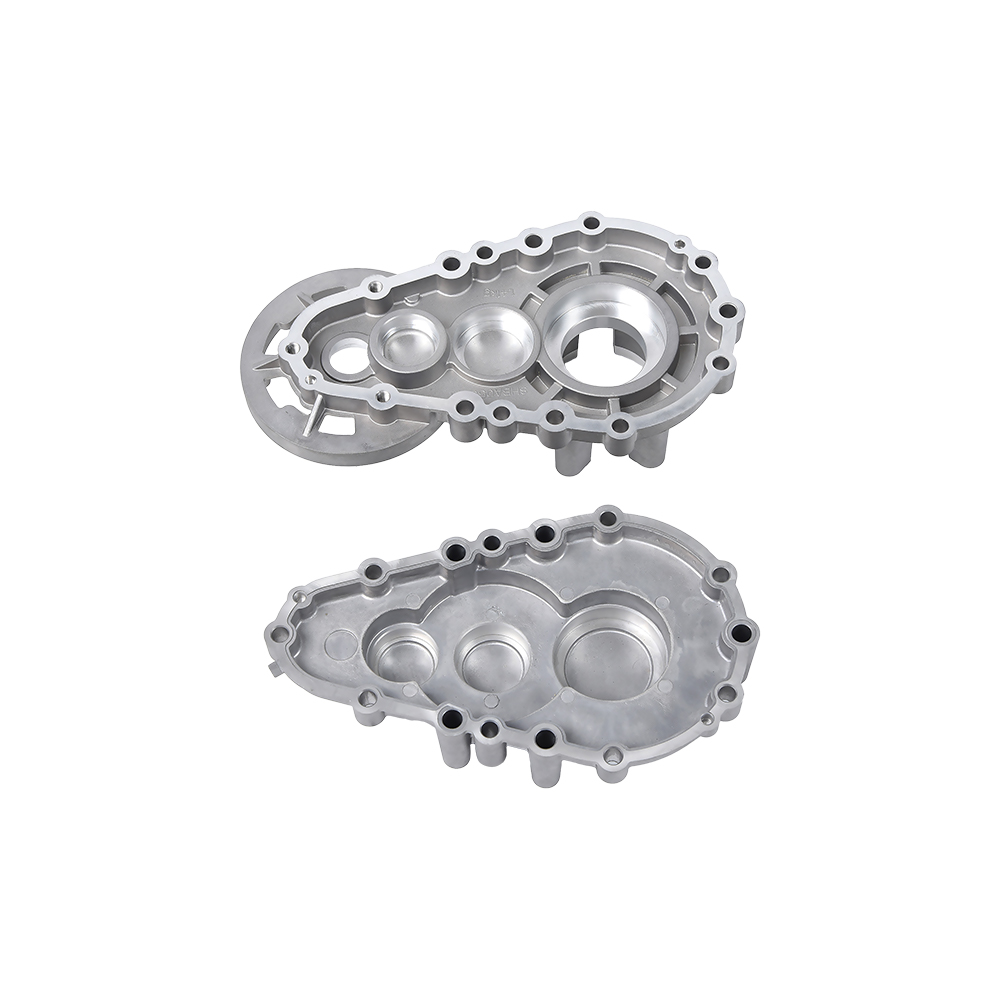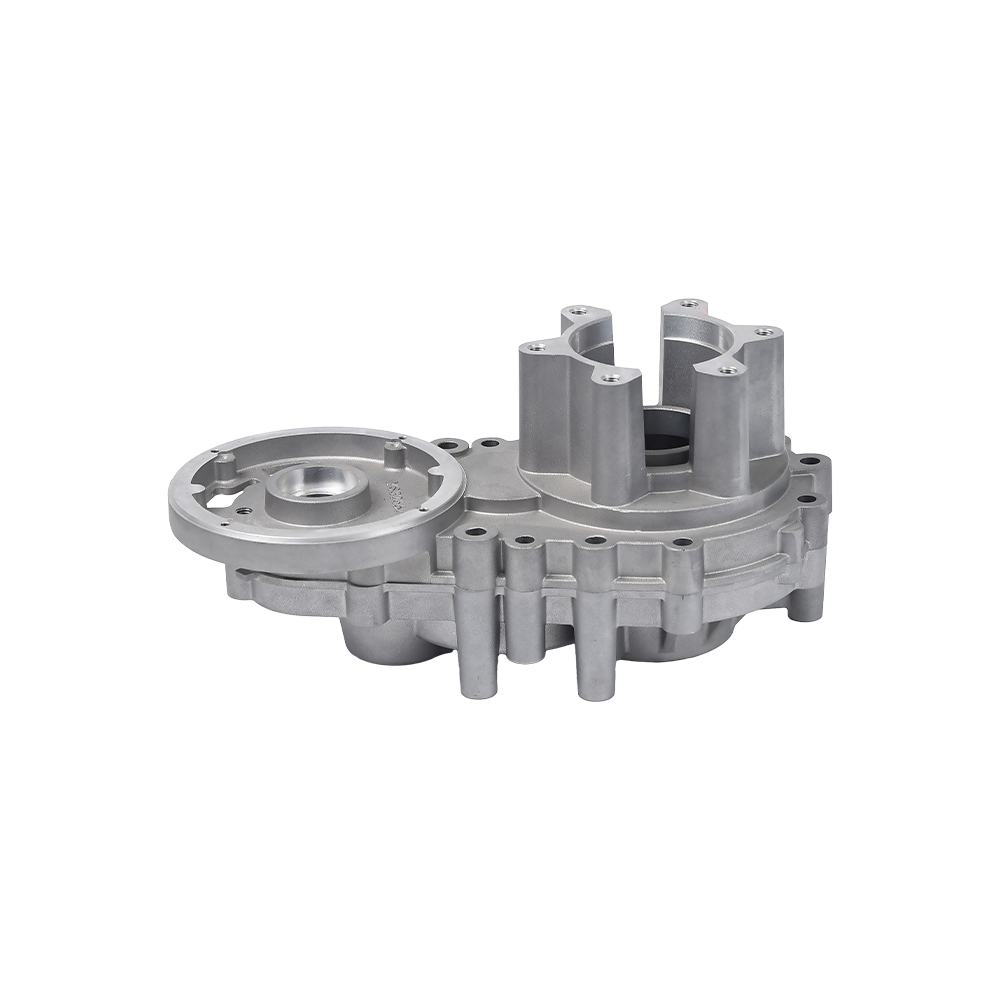Aluminum die-casting technology can be used to produce oil sump for engine oil chambers, and has multiple advantages, especially suitable for complex, high load bearing, and high-strength components. The following is a point by point introduction:
1. The ability to form complex structures
Oil sump typically has complex geometric shapes, including areas of various thicknesses, reinforcement ribs, oil passage channels, etc. The aluminum die-casting process can accurately replicate these complex structures, ensuring that every detail can be fully formed.
2. High precision and high repeatability
The aluminum die-casting process can achieve high dimensional accuracy and surface quality, especially in large-scale production, and can maintain the consistency of the size of each oil pan. This is crucial for the installation, sealing, and coordination with other engine components of the oil pan.
3. Lightweight advantages
Aluminum alloy material has a lower density, making the oil pan produced by aluminum die-casting lighter than traditional cast iron oil pan, helping to reduce the overall engine weight, thereby improving fuel efficiency, acceleration performance, and engine heat dissipation.
4. Excellent corrosion resistance and heat resistance
Aluminum alloy has good corrosion resistance, which can resist chemical corrosion in the working environment of the engine (such as oil oxides) and improve the service life of the oil pan. In addition, aluminum alloy has good thermal conductivity, which helps with heat dissipation and slows down the rapid rise of engine temperature.
5. High strength and compressive strength
By precisely controlling the aluminum die-casting process parameters, an oil pan with high strength and impact resistance can be manufactured, ensuring that it can withstand significant pressure and external impacts during engine operation.
6. Reduce subsequent processing
Aluminum die-casting technology can provide relatively high initial precision, reducing the need for subsequent mechanical processing, especially in terms of appearance and basic dimensions. Although some important positions (such as oil holes, threaded holes, etc.) may require precision machining, overall, the processing volume of die-casting parts is relatively small.
7. High production efficiency, suitable for large-scale production
The aluminum die-casting process is very suitable for large-scale production and can quickly and efficiently produce a large number of oil pans that meet standards. This is particularly important for the production cycle and cost control of components required in modern automotive manufacturing.
8. High requirements for mold design
Due to the complex structure and high strength requirements of the oil pan, the mold design must be precise to ensure the uniform flow of the metal liquid and avoid casting defects such as porosity and cold shut. Therefore, the design of molds and optimization of process parameters are the key to the successful manufacturing of aluminum die-casting oil pans.

 English
English русский
русский Español
Español










